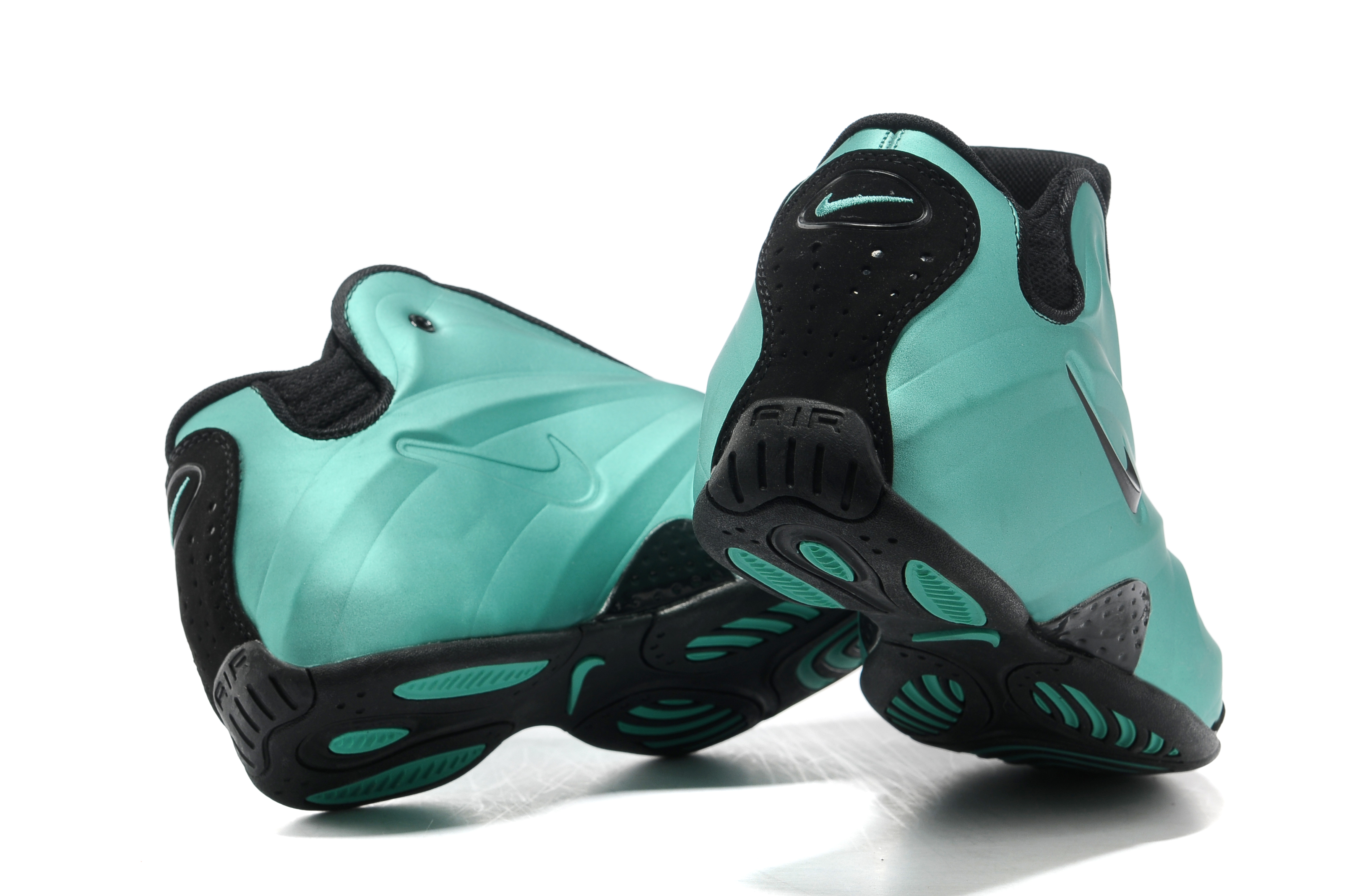 The primary magazine to publish doujinshi novels was Garakuta Bunko (我楽多文庫), founded in 1885 by writers Ozaki Kōyō and Yamada Bimyo. Ozaki continued to release doujinshi about her personal skilled manga, typically together with sexual content material that couldn’t be printed in Margaret, the younger women-oriented manga journal wherein Zetsuai was serialized. Plagued by misogynistic takes, the movie had a tough time finding its footing within the lead up to its launch. Smallwood, p. 469, takes Origen as which means that circumcision was “a solely Jewish rite” by his time. Doujinshi publication reached its peak in the early Shōwa period, and doujinshi grew to become a mouthpiece for the creative youth of that time. The time period doujinshi is derived from doujin (同人, literally “similar individual”, used to check with a person or people with whom one shares a typical objective or interest) and shi (誌, a suffix typically that means “periodical publication”). Several such groups actually consist of a single artist: they are typically referred to as kojin sākuru (個人サークル, private circles).
The primary magazine to publish doujinshi novels was Garakuta Bunko (我楽多文庫), founded in 1885 by writers Ozaki Kōyō and Yamada Bimyo. Ozaki continued to release doujinshi about her personal skilled manga, typically together with sexual content material that couldn’t be printed in Margaret, the younger women-oriented manga journal wherein Zetsuai was serialized. Plagued by misogynistic takes, the movie had a tough time finding its footing within the lead up to its launch. Smallwood, p. 469, takes Origen as which means that circumcision was “a solely Jewish rite” by his time. Doujinshi publication reached its peak in the early Shōwa period, and doujinshi grew to become a mouthpiece for the creative youth of that time. The time period doujinshi is derived from doujin (同人, literally “similar individual”, used to check with a person or people with whom one shares a typical objective or interest) and shi (誌, a suffix typically that means “periodical publication”). Several such groups actually consist of a single artist: they are typically referred to as kojin sākuru (個人サークル, private circles).
Advances in private publishing know-how have also fueled this enlargement by making it simpler for doujinshi creators to jot down, draw, promote, publish, and distribute their works. Nobuteru Yūki sells doujinshi based mostly on his animated works under his pen-title “The Man in the High Castle”. A part of a wider category of doujin (self-printed) works, doujinshi are often derivative of present works and created by amateurs, although some professional artists take part in order to publish material outdoors the common business. Another category of doujinshi is furry or kemono, often depicting homosexual male pairings of anthropomorphic animal characters and, less typically, lesbian pairings. Male authors focused on series like Urusei Yatsura, and female authors centered on collection like Captain Tsubasa. She authored numerous yaoi doujinshi earlier than her debut as a professional artist, most notably that includes characters from the soccer manga Captain Tsubasa. Many such publications include yaoi or yuri (stories containing same-sex romance) themes, both as part of non-canon pairings, or as a more direct statement of what can be hinted by the main show. Because the 1980s, the primary technique of distribution has been by means of common doujinshi conventions, the biggest of which is known as Comiket (brief for “Comic Market”) held within the summer season and winter in Tokyo’s Big Sight.
Kodaka Kazuma, creator of Kizuna, Rotten Teacher’s Equation (Kusatta Kyōshi no Hōteishiki), Love Equation (Renai Hōteishiki) and Border amongst others, has printed a number of parody yaoi doujinshi as K2 Company of Prince of Tennis, Fullmetal Alchemist, and Tiger and Bunny, as well as an authentic doujinshi series referred to as ‘Hana to Ryuu’ (Flower and Dragon). Often referred to as aniparo, this was usually an excuse to feature sure characters in romantic relationships. These graphical narratives share with fashionable manga humorous, satirical, and romantic themes. Oppliger claimed that because Japanese followers develop up with anime and manga “as a continuing companion”, they “are extra intuitively inclined” to create or expand on present manga and anime within the form of doujinshi. Since Western followers expertise a “more purely” visual experience as most Western fans can’t perceive the Japanese language, the unique language of most anime, and are “encouraged by social stress to grow out of cartoons and comics throughout the onset of adolescence”, most of them normally take part in using and rearranging present work into anime music videos. Over the last decade, the follow of creating doujinshi has expanded significantly, attracting hundreds of creators and fans alike. The last respectable Bhārata was actually Bhīṣma.
Yana Toboso was a yaoi doujinka earlier than she authored Black Butler, which explained why there are some notable BL hints all through the series. One notable exception was Bungei Shuto (文芸首都, lit. Elvis, Presley’s second RCA Victor album, was launched in October and shortly rose to number one. She released doujinshi about King of Fighters, Evangelion, etc.; all have been gag doujinshi. Yoshihiro Togashi, creator of YuYu Hakusho and Hunter x Hunter, has authored doujinshi reminiscent of Church! In 2009, Meiji University opened a dōjin manga library, named “Yoshihiro Yonezawa Memorial Library” to honour its alumni in its Surugadai campus. His creation apparently looked confusingly much like a real Doraemon manga. Silks left $4,000 in actual property and $2,500 in jewels. In 2006, an artist promoting an imagined “remaining chapter” for the collection Doraemon, which was by no means completed, was given a warning by the estate of author Fujiko F. Fujio.